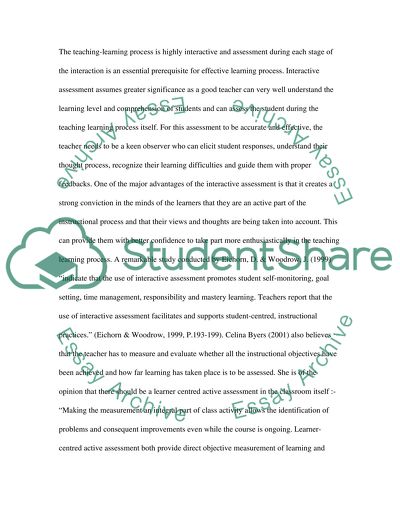Cite this document
(“Best Assessment Strategies in Secondary Schools Essay”, n.d.)
Retrieved from https://studentshare.org/education/1509982-best-assessment-strategies-in-secondary-schools
Retrieved from https://studentshare.org/education/1509982-best-assessment-strategies-in-secondary-schools
(Best Assessment Strategies in Secondary Schools Essay)
https://studentshare.org/education/1509982-best-assessment-strategies-in-secondary-schools.
https://studentshare.org/education/1509982-best-assessment-strategies-in-secondary-schools.
“Best Assessment Strategies in Secondary Schools Essay”, n.d. https://studentshare.org/education/1509982-best-assessment-strategies-in-secondary-schools.


